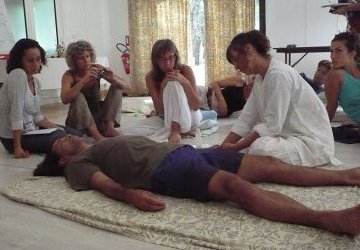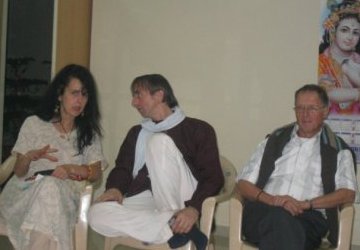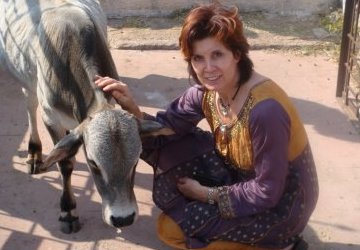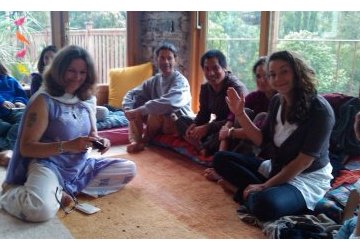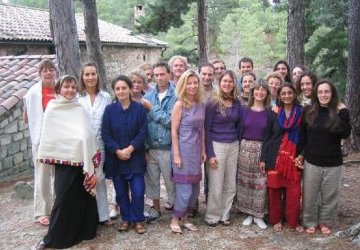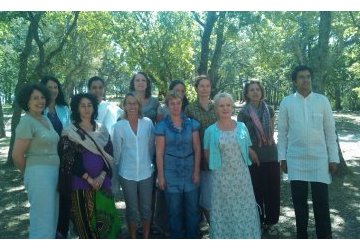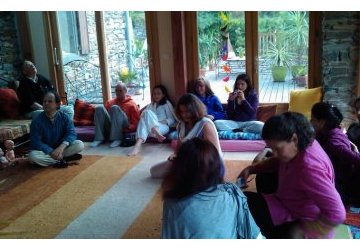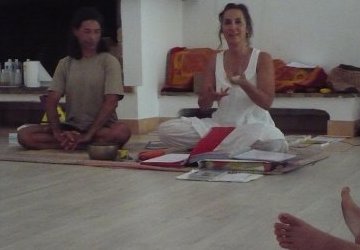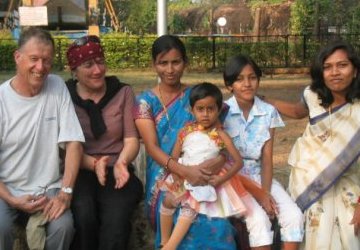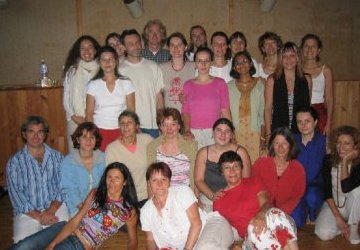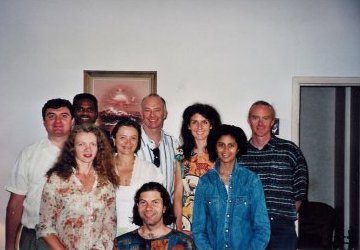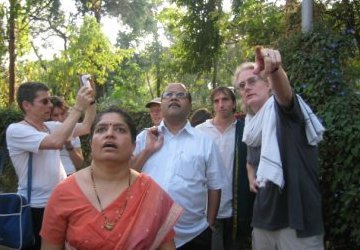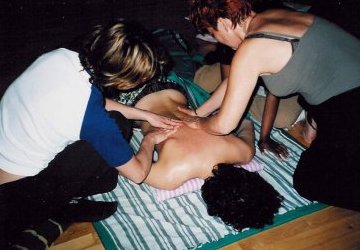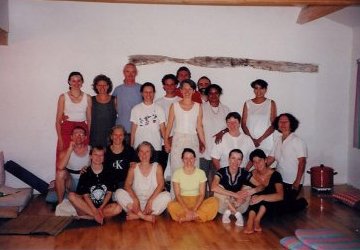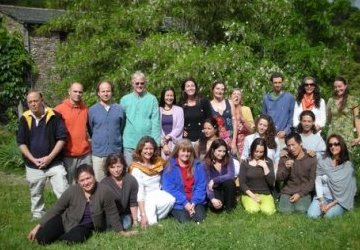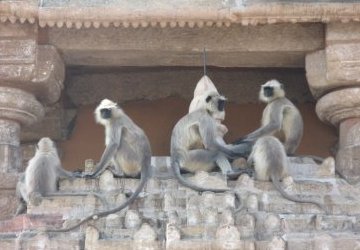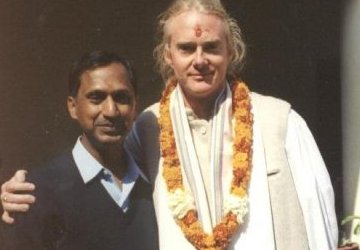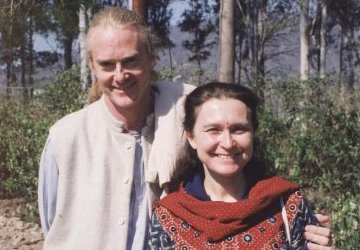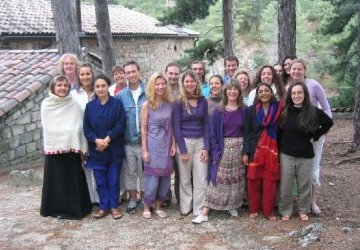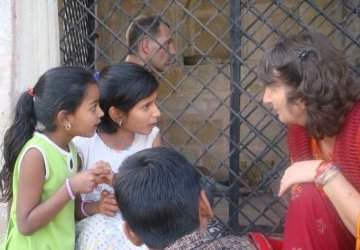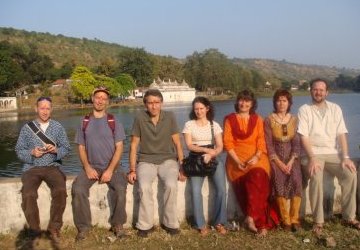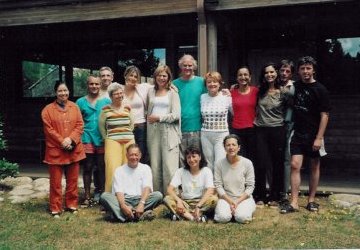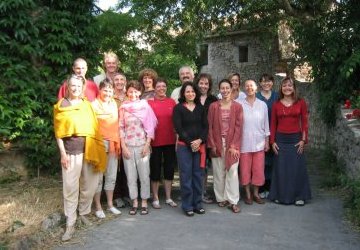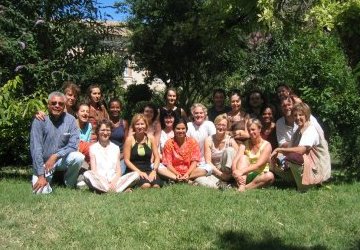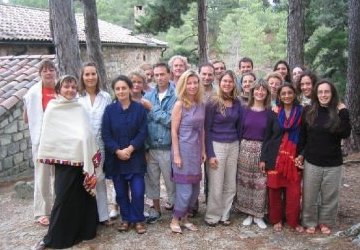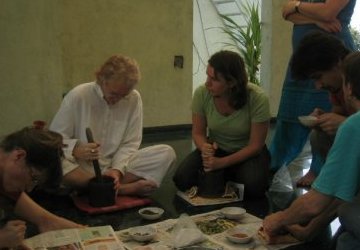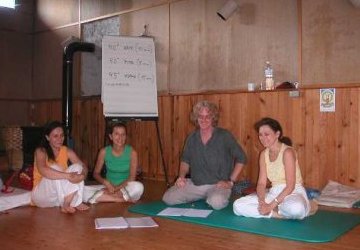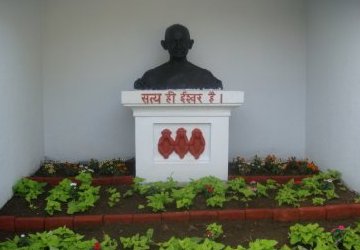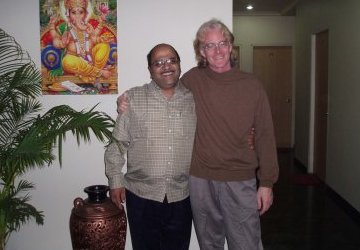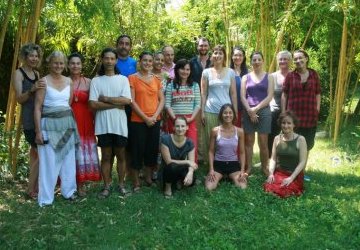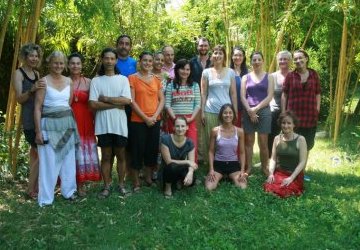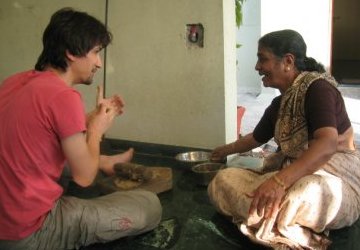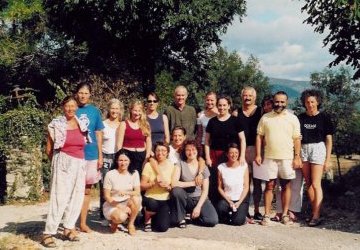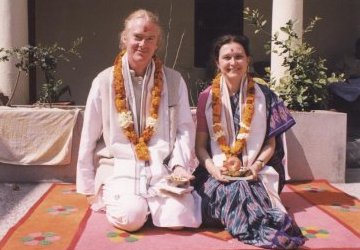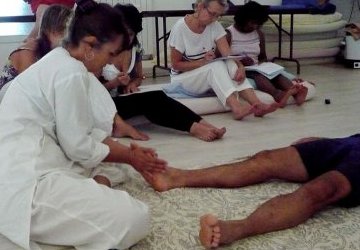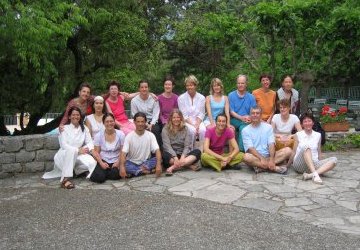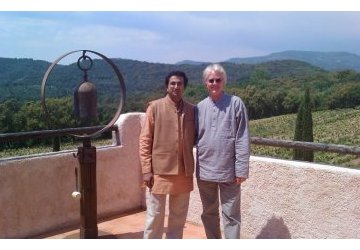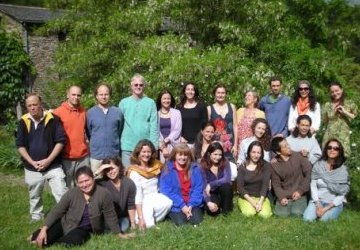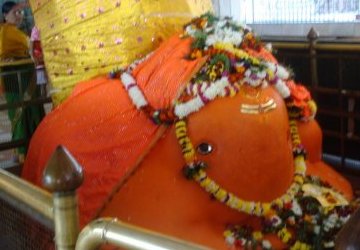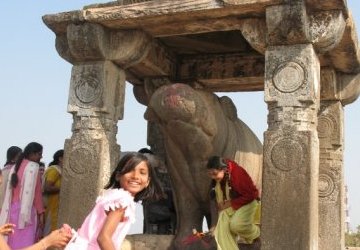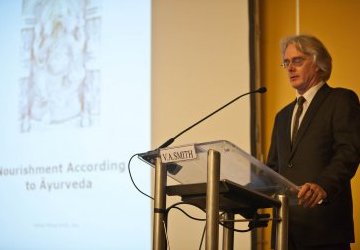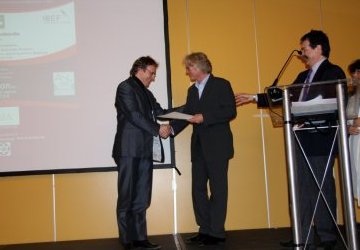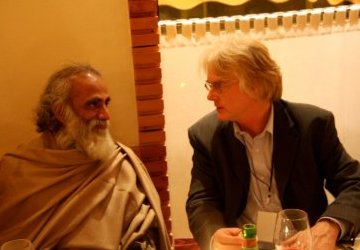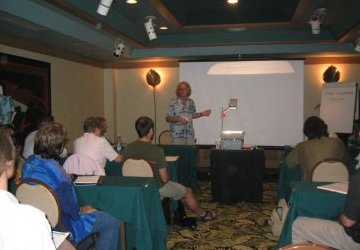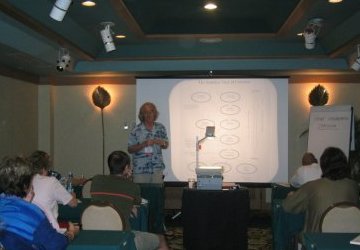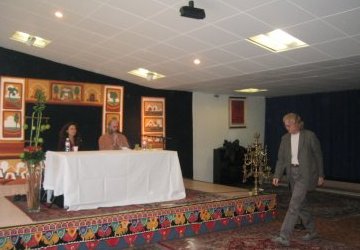The Relevance of Ayurveda to Yoga
One of the oldest and most interesting scriptures of Yoga is the Yoga Vasistha. This text is the third longest book in the world and its age is approximately 7000 years old. This text is still unique in the sense that it combines and clarifies the many faces of Yoga including Jnana Yoga, Bhakti Yoga, Raja Yoga, Kriya Yoga, Laya Yoga, and Hatha Yoga which provides the basis for all Yogas. The thread that links these different faces of Yoga together is the science of Prana.
The Yoga Vasistha says this about Yoga: "They call it yoga which is the method by which this cycle of birth and death ceases. It is the utter transcendence of the mind and it is of two types: Self-knowledge is of one type; restraint of the prana is the other type. However, yoga has come to mean only the latter." (VI. 1, 13.3)
The Yoga Sutras of Patanjali are the basis of most Yoga practiced today and offer clear advise and directions on how to attain Self-knowledge or unity of the personal with the infinite Self. Patanjali states that it is the mastering of the pranas (inhalation and exhalation) that brings a steady mind and body allowing first for the health of the student, and second for the attainment of Self-knowledge. The Yoga Sutras clearly state that there are various obstacles that impede or stop our practice of yoga. Verse I.30 says that these obstacles are illness, mental disturbance, overindulgence and fatigue, to name a few. It is in this context that Ayurveda is imperative in the practice of Yoga. Ayurveda provides a clear and concise system to prevent all of the above mentioned obstacles.
In the Vedic tradition the science of prana relating to the soul is called Yoga and the science of prana relating to the body is called Ayurveda. The aspect of Yoga that deals with the physical body (Annamaya Kosha), energetic body (Pranamaya Kosha), emotions (Manomaya Kosha), and the analytical mental state (Vijnanamaya Kosha) is Ayurveda. Ayurvedic Medicine is a pranic system of healing. Its relationship to Yoga as a system and to yoga asana is so intimate that one should not be used without the other. The primary purpose of asanas is to bring balance and harmony to the five pranas that govern the body. It is the balance of the pranas that determines health, nothing else.
Prana is very difficult to come in contact with due to its subtle nature. Ayurveda provides us a means to understand prana on a practical level with the three humors, or the tri-dosha. The three doshas are actually three different manifestations of the cosmic prana (Shakti) and relate to its different functions in the body. These functions are easy to observe and can provide a clear understanding of the pranic function of the body. The tri-dosha (vata, pitta, and kapha) theory is the most comprehensive system ever formed to understand nature and its many manifestations in our body and in our greater environment.
The unique gift of Ayurveda is the application of the tri-dosha theory to recognize and treat individuals. Systems of medicine or exercise that classify and categorize individuals to fit their system rather than adjusting to individual uniqueness are missing the basic lesson of nature; change. The one constant in nature is change, therefore rigid approaches are actually negative towards life.
Ayurveda does not use its methodology to categorize individuals - rather to understand them. It is a natural tendency of the intellect (Buddhi) to classify, yet this is a misapplication of Buddhi (intellect) and illustrates a superficial level of practice. The proper use of Buddhi is to discriminate between the real and the false. It is this discrimination that allows us to penetrate to deeper levels of practice and ultimately liberates us from the concept of separateness from the Self (Pure Consciousness).
The more we understand our Prakruti, or individual nature, the easier it is to fulfill the goal of physical health and spiritual evolution. The use of Ayurveda in yoga is of great importance. First, it provides us with a comprehensive method to maintain heath through diet, exercise (asana) and lifestyle that eliminate the basic obstacles that the Yoga Sutras speak about. Second, it offers us a scientific method to understand different constitutional types of people. This allows us to adjust our teaching or practice according to the individual. Third, it provides us a clear system to keep the prana in harmony in our body. As the basis of all yoga relates to control of the pranic functions Ayurveda is invaluable to clarify these functions in a systematic manner.
While the practice of asana alone is a good beginning it must be accompanied by the other aspects of yoga to really have an affect on people. Many practitioners of yoga are tense, stressed, or have health problems. This indicates the failure of modern man to embrace a more comprehensive understanding of Yoga and the branch of yoga that fully understands the physical body; Ayurveda.
Asana is often not strong enough alone to maintain balance in the body. The more hectic and stressful our life is the more important it is to use Ayurveda to supplement our physical practice of asana. The asana works on the prana through physical positions and breath awareness. By adjusting our diet to our constitution the pranas are further balanced. When we understand our constitution on a mental level we can begin to balance the most disruptive pranic force; the mind. Our lifestyle is the most important to harmonize the functions of the five sense organs and the nadis (pranic channels) that they relate to. Ayurveda provides us the correct knowledge of lifestyle that keeps the most important link to the external world, the five senses, in balance.
Hence, one can see that the practice of yoga asana without Ayurveda is like standing on one leg. This approach works, yet how much more effective it is to walk on two legs as the Vedic seers did so many thousands of years ago.
© Atreya 2007
Vaidya Atreya Smith is the author of six books on Ayurvedic and Yogic healing and has been practicing and teaching Ayurveda for many years. He teaches throughout Europe at affilliated schools. He is the director of the European Institute of Vedic Studies which offers a number of trainings and courses on Ayurveda.





